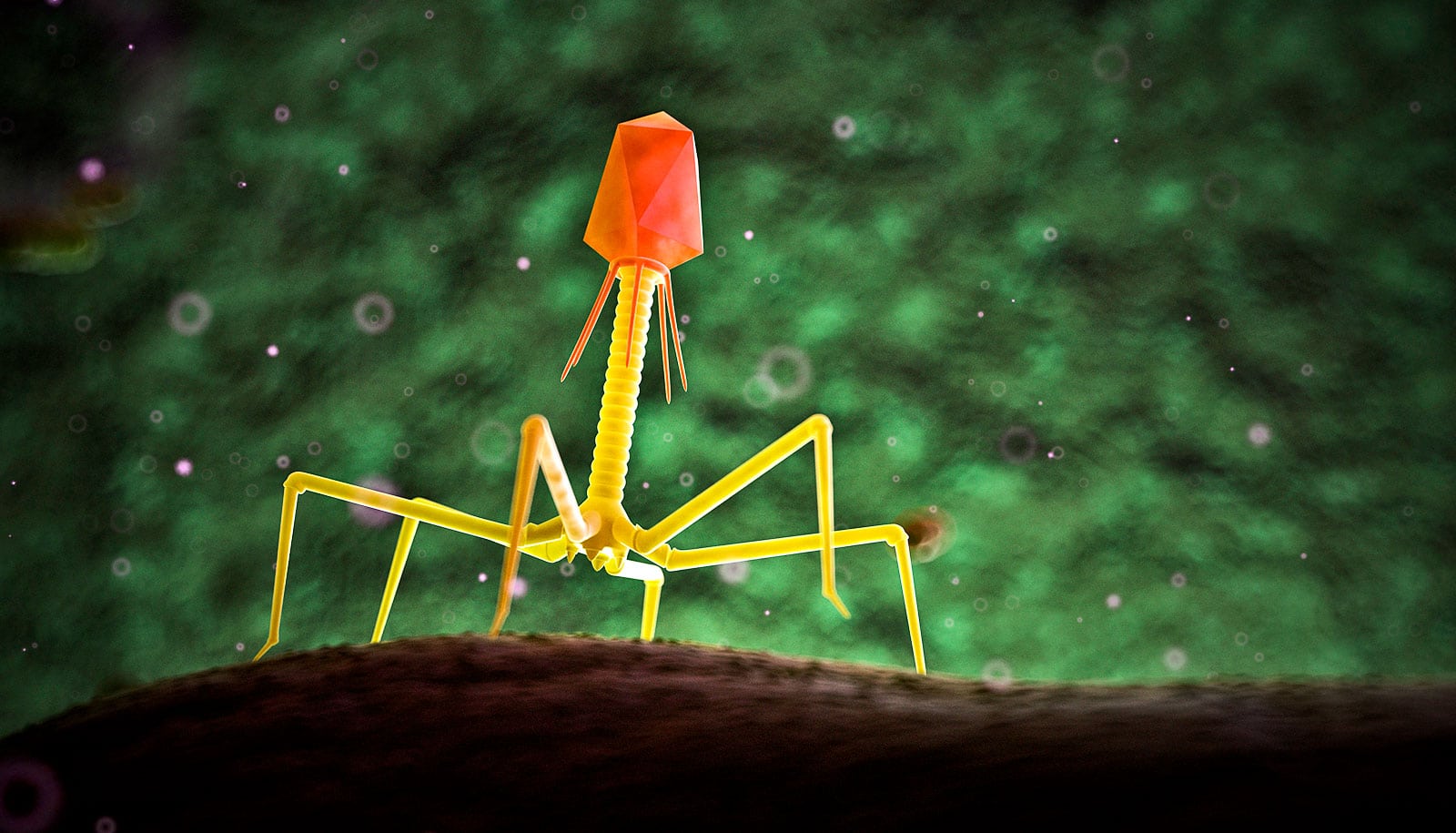Researchers have discovered a molecular mechanism that may help to explain how viruses that cause chronic infections, such as HIV or hepatitis c virus, manage to outsmart their hosts’ immune systems.
The discovery could provide new targets for treating a wide range of diseases.
Fighting off infections depends largely on our bodies’ capacity to quickly recognize infected cells and destroy them, a job carried out by a class of immune cells known as CD8+ T cells.
These soldiers get some of their orders from chemical mediators known as cytokines that make them more or less responsive to outside threats. In most cases, CD8+ T cells quickly recognize and destroy infected cells to prevent the infection from spreading.
“When it comes to viruses that lead to chronic infection, immune cells receive the wrong set of marching orders, which makes them less responsive,” says Martin Richer, an assistant professor in the microbiology & immunology department at McGill University and senior author of a study outlining the findings, which appears in Immunity.
The research reveals that certain viruses persist by driving the production of a cytokine that leads to modification of glycoproteins on the surface of the CD8+ T cells, making the cells less functional.
That maneuver buys time for the pathogen to outpace the immune response and establish a chronic infection. Importantly, this pathway can be targeted to restore some functionality to the T cells and enhance the capacity to control infection.
How this common virus evades the immune system
The discovery of this regulatory pathway could help identify new therapeutic targets for a variety of diseases, Richer says.
“We might be able to take advantage of the pathways induced by these signals to fight chronic viral infections by making the immune system more responsive. The findings might also prove useful for diseases like cancer and autoimmunity, where T cells function is poorly regulated.”
Graduate student Logan Smith is the study’s lead author.
Source: McGill University



